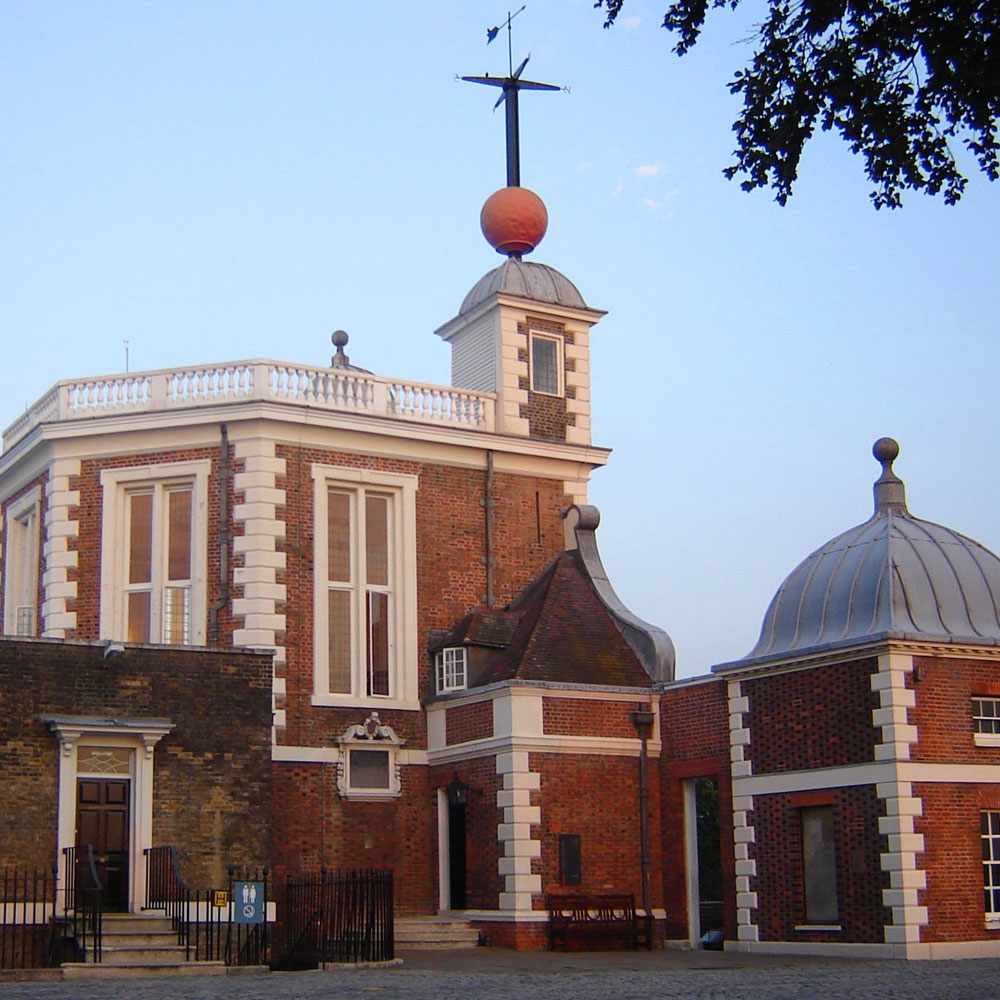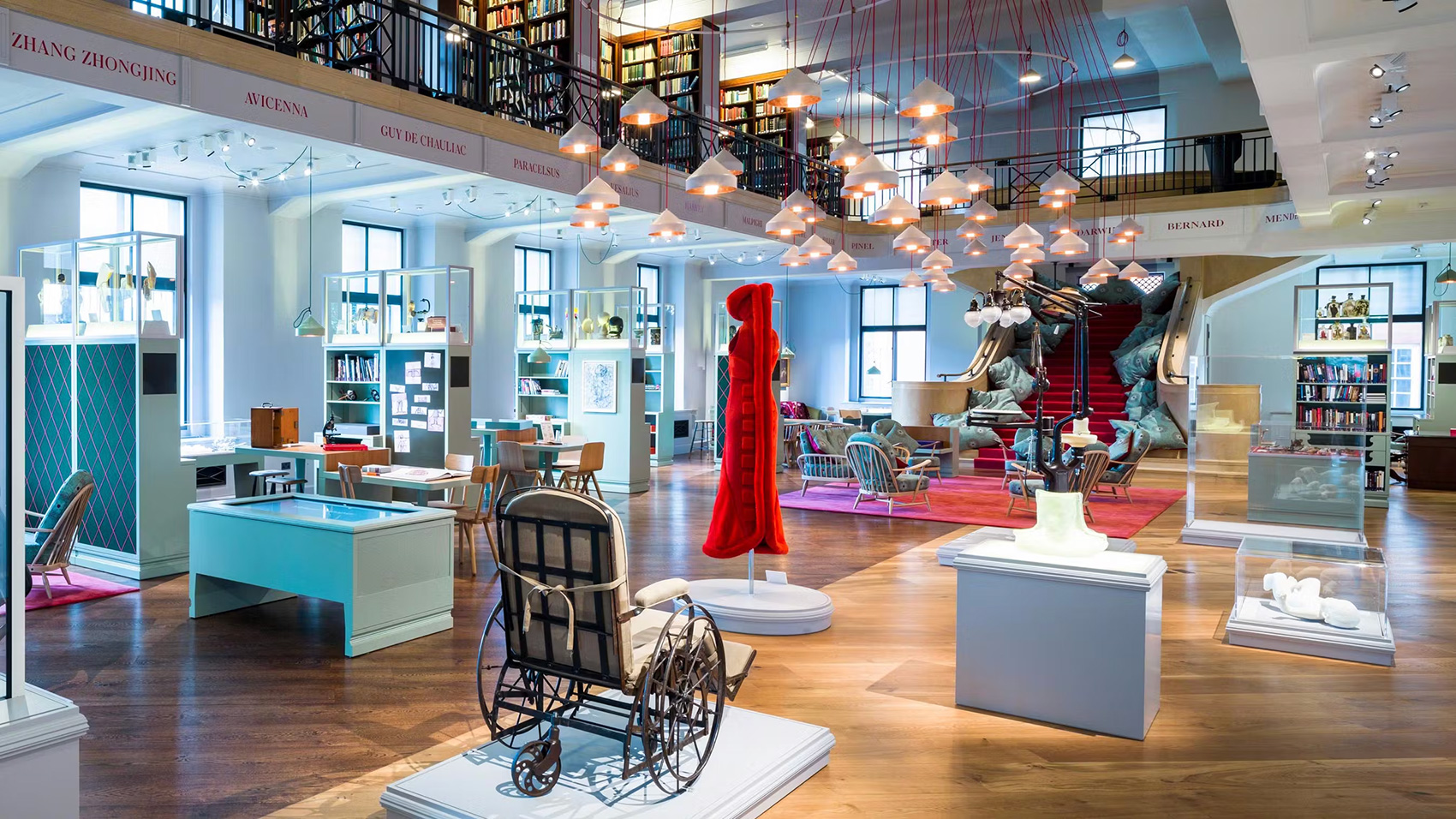
History & Science
Some of my most beloved memories of London have taken place in strange, intimate museums among passionate docents. The narrow, specific focus of a smaller museum can place demands on your sensibility and openness. It is not always easy to find your way ‘in’ – especially in those seemingly without a plan or purpose. If bored or confused, try to find beauty in the moment.
Most museums in London are free, though special exhibitions are sometimes an additional fee. If the museum requires an admission fee, check to see if you are eligible for a student rate – called a concession. Many museums offer free tours. Always check on closures. Check the opening times – many museums have weekly late nights!
NORTH LONDON
Freud Museum
MAP | NORTH LONDON, HAMPSTEAD
The Freud Museum in London is a museum dedicated to Sigmund Freud, the founder of psychoanalysis.
In 1938, after escaping Nazi annexation of Austria, Freud moved to London where Freud lived with his family during the last year of his life.
Open Daily (Summer Only), 10:30am–5pm, FREE
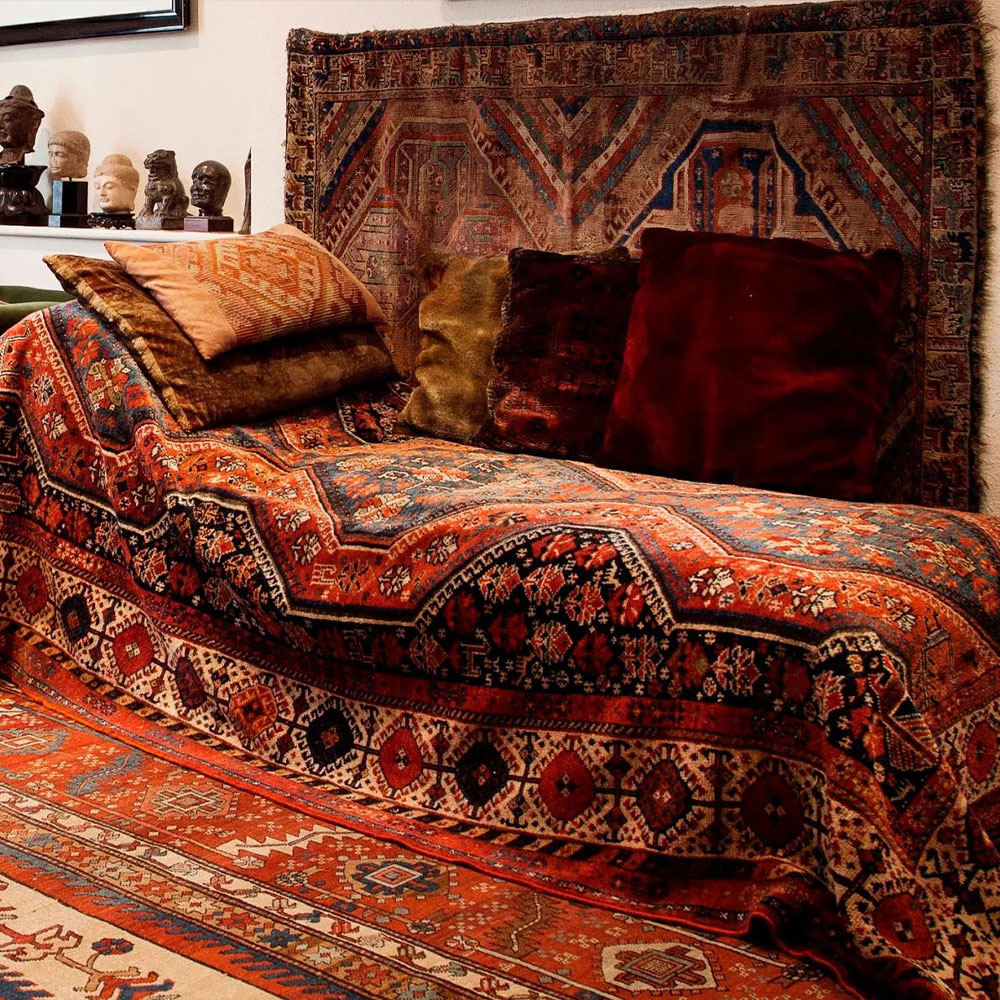
CENTRAL LONDON
Wellcome Collection
MAP | CENTRAL LONDON, BLOOMSBURY
The permanent collection of gruesome medical artefacts, is just one of the attractions at this mesmerising and forward-looking London institution.
The permanent collection of medical artifacts, lit by spooky red lighting: shining rows of gigantic curved forceps, rusty ancient prosthetic limbs, phrenology skulls, big-boobed fertility goddess effigies, historical sex aids, apothecary jars, smutty pictures carved on ivory, intricate medicine-themed oil paintings and Napoleon’s manky toothbrush.
Open Tues-Sun, 10am–6pm, Thursdays 10am-8pm, FREE
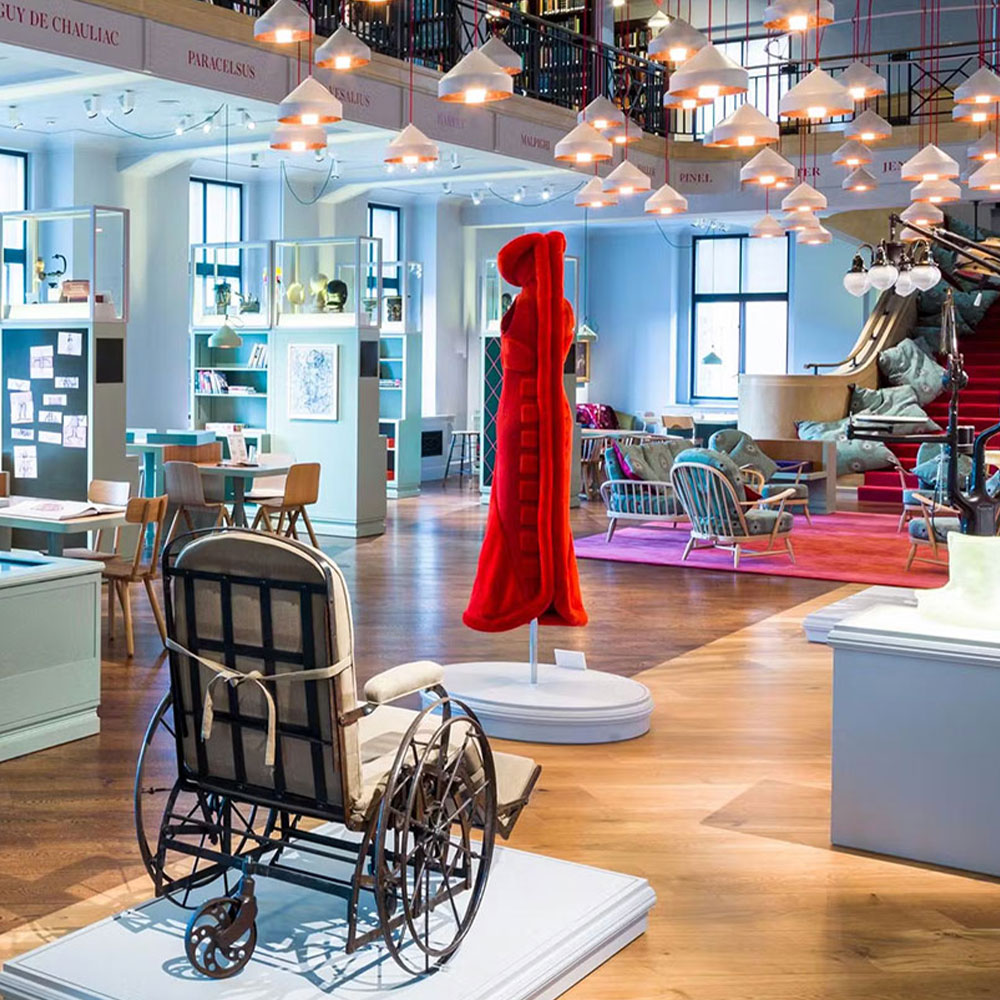
Foundling Museum
MAP | CENTRAL LONDON, BLOOMSBURY
The Foundling Museum in Brunswick Square, London, tells the story of the Foundling Hospital, Britain’s first home for children at risk of abandonment. Artists such as William Hogarth and the composer George Frideric Handel are central to the Hospital story. Besides some wonderful 18thc works of art, the museum houses the histories of thousands of children.
Some of the most moving objects are the Foundling Hospital tokens – including coins, buttons, jewellery and poems – left by mothers with their babies on admission, enabling the Foundling Hospital to match a mother with her child should she ever return to claim it.
Open Tues-Sat, 10am–5pm, Sun 11am-5pm, ADMISSION FEE
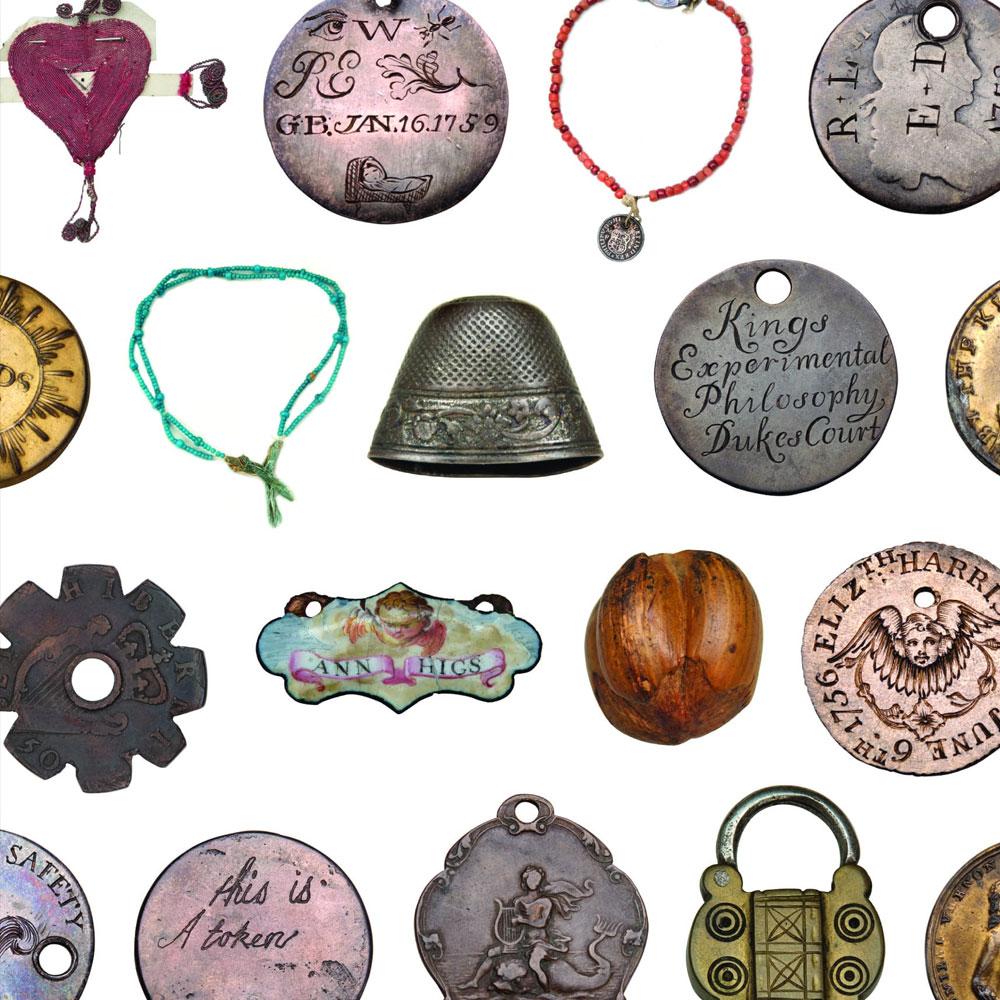
Dr. Johnson’s House
MAP | CENTRAL LONDON, CITY OF LONDON
Dr Johnson’s House is a rare 17th – century town house just off Fleet Street in the City of London, and home to Samuel Johnson for over a decade in the middle of the 18th century. It was here he had his most prolific writing period, completing his seminal Dictionary of the English Language (1755) as well as writing a play, a novel, periodicals and poetry.
A remarkable example of a Queen Anne townhouse, it contains a wealth of original architectural features, including 18th-century floorboards, a central spiral stairwell, and rare, original ‘moving’ paneled walls on the open-plan first floor.
Open Tues-Sat, 11am–5pm (last entry 4:30pm), ADMISSION FEE
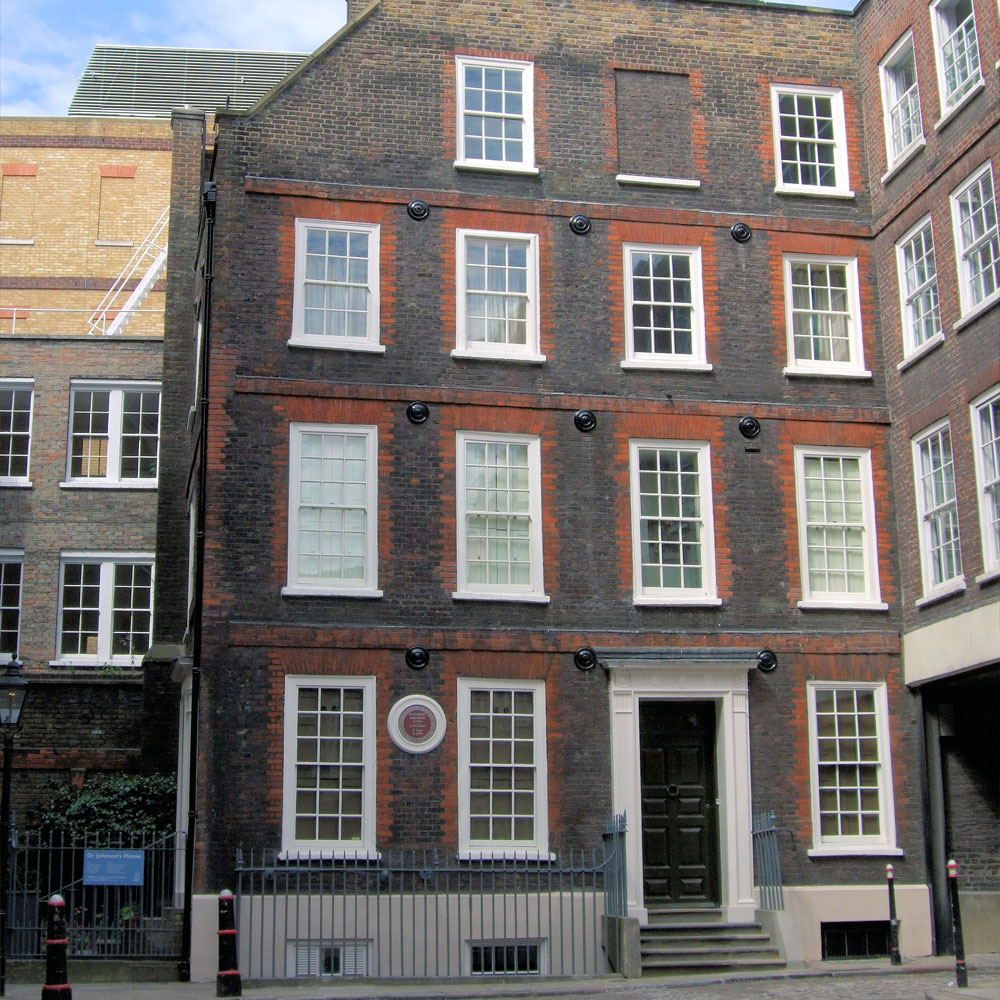
The Guildhall
MAP | CENTRAL LONDON, CITY OF LONDON
London’s Guildhall is located in the heart of the City of London and is home to the City of London’s marvelous art collection with a Roman Amphitheater in the lower level.
Steeped in tradition, the Guildhall invites you on a journey spanning more than 800 years – from the Gothic grandeur of the Great Hall to the largest surviving medieval crypts in London.
Open Daily, 10:30am–4pm, FREE
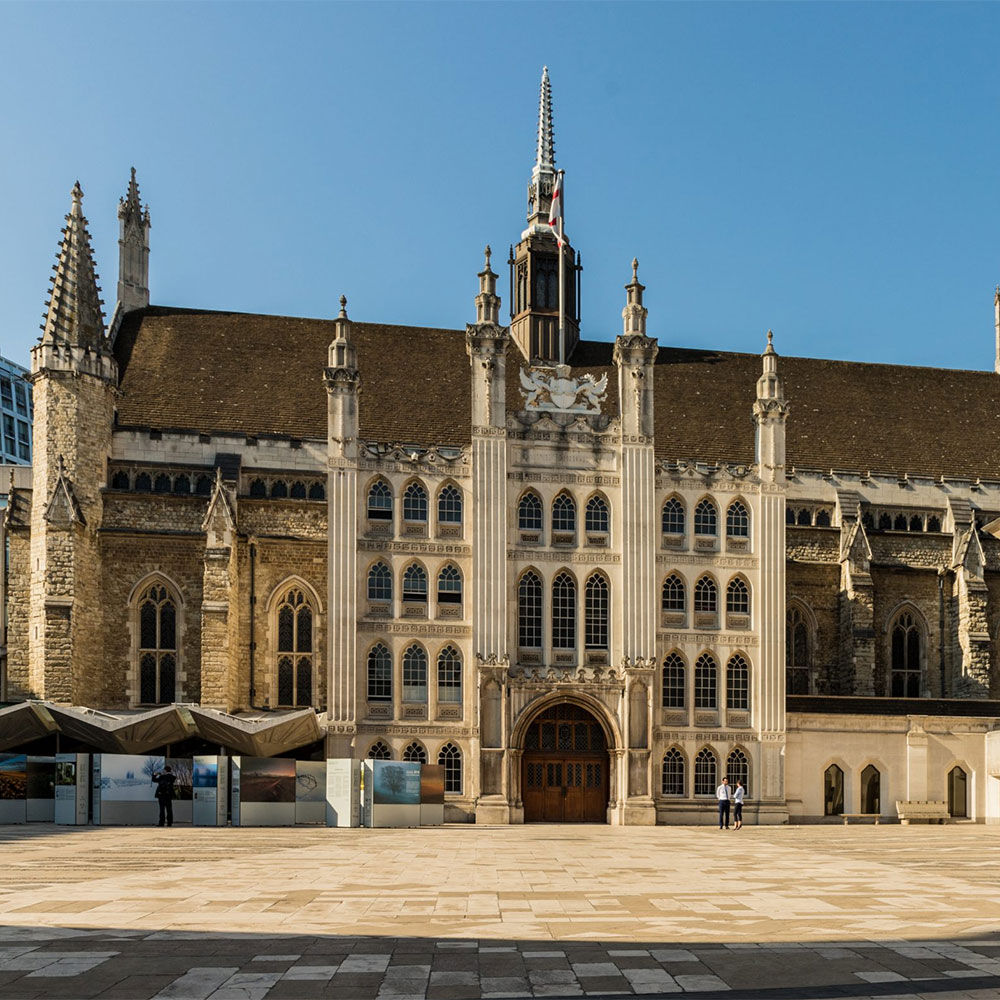
EAST LONDON
Guildhall – Roman Amphitheatre, 70CE
MAP | CENTRAL LONDON, CITY OF LONDON
Lost for centuries, the original circular walls of the Amphitheatre were rediscovered by archaeologists working on the site of the new Guildhall Art Gallery building in 1988. Visitors can now step into these well-preserved Roman ruins in which crowds would once have gathered to watch wild animal fights, public executions and gladiatorial combats.
Open Daily, 10:30am–4pm, FREE
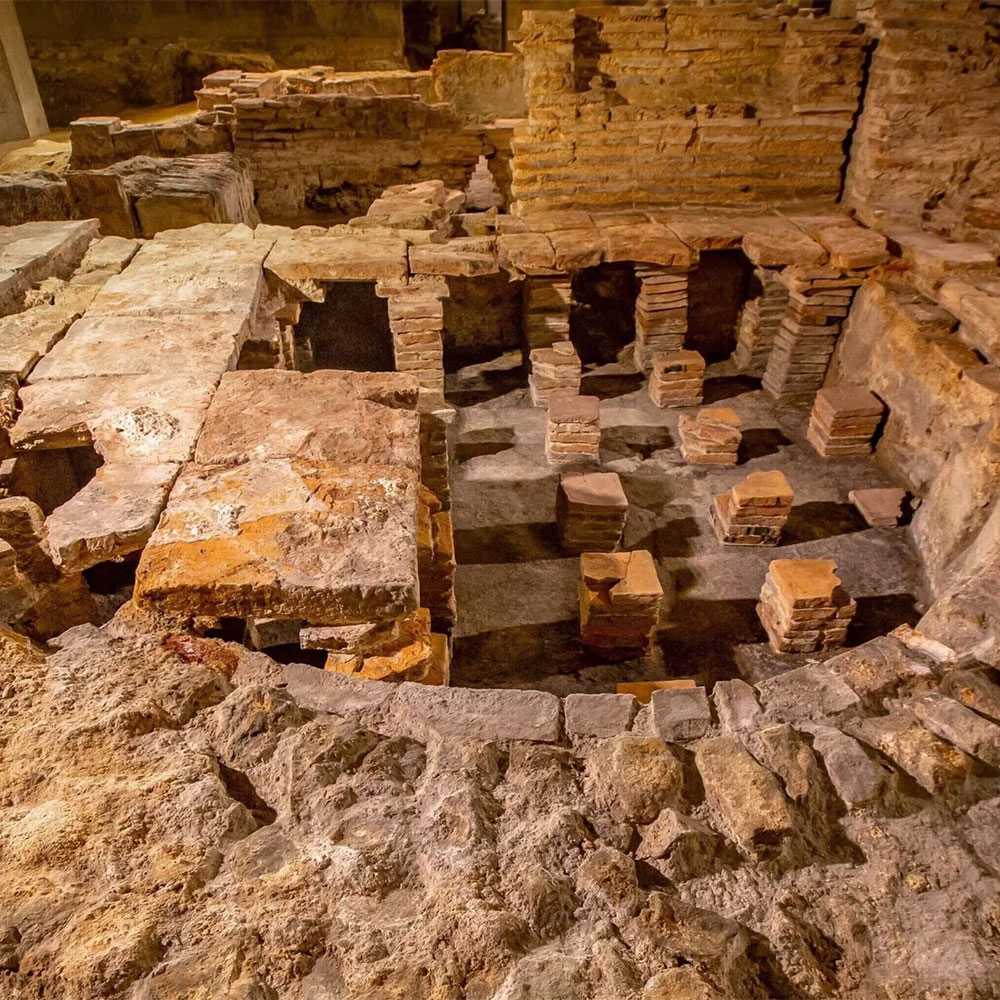
London Mithraeum, 240CE
MAP | EAST LONDON, CITY
The site lies over the course of one of London’s lost rivers, the Walbrook. Nearly 2,000 years ago when Londinium was founded by the Romans, this river marked the limits of their first settlement. In the 3rd century CE, nearly 200 years after the founding of London, a Roman Londoner, built a temple to the god Mithras on this reclaimed ground, next to the river.
Tues – Sat 10am – 6pm, Sun 12pm – 17pm, FREE
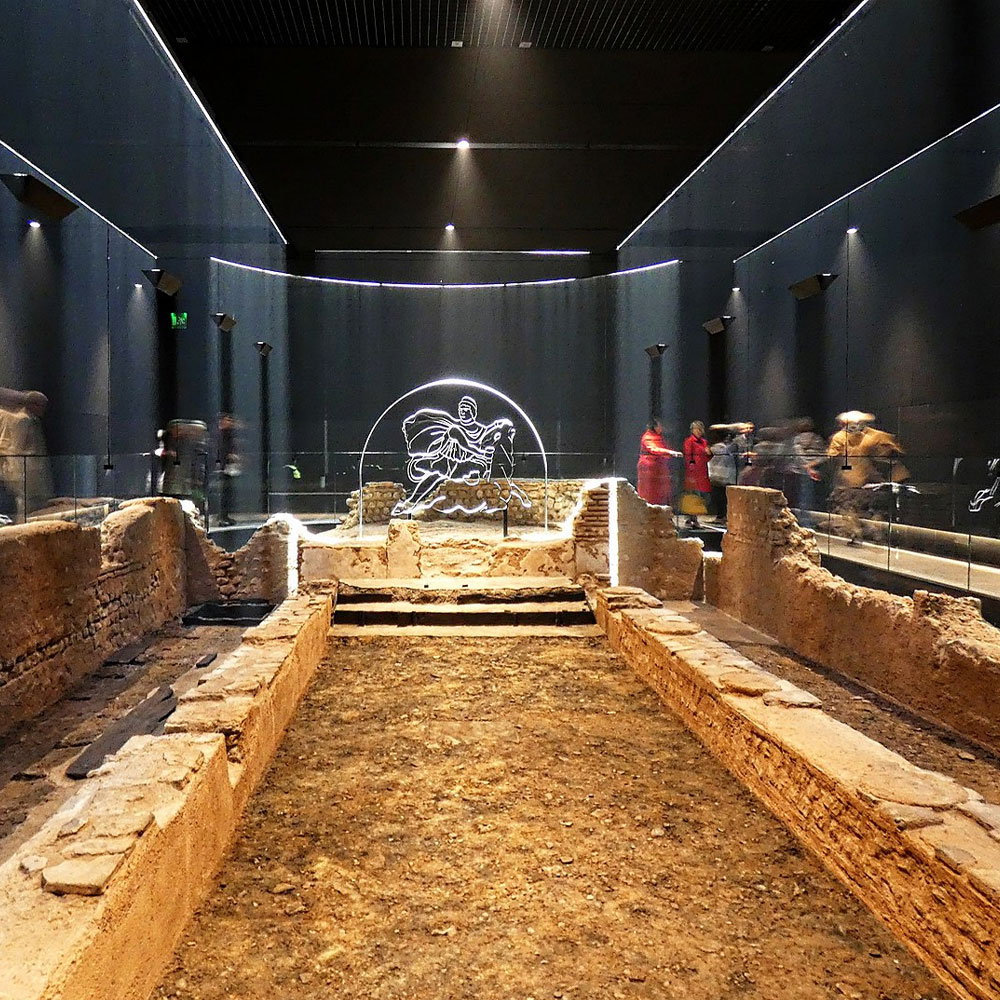
GREENWICH & DULWICH
Royal Observatory Greenwich
MAP | SOUTHEAST LONDON, GREENWICH
Founded in Greenwich by King Charles II in 1675, the Royal Observatory is Britain’s oldest scientific institution. Over the centuries, the Observatory firmly established itself as a pioneering place for astronomical discovery, timekeeping, and navigation.
Because the Prime Meridian passed through the courtyard, it gave its name to Greenwich Mean Time. Since 1884, all distances east and west have been measured from the Prime Meridian line in Greenwich. Astronomers at the Royal Observatory took thousands of measurements to define the Prime Meridian and establish zero degrees longitude. In an age before smartphones and satellites, their work transformed how we explored our world.
Open Tues-Sun, 10am–5pm; June-August: 10am-7.45pm (last entry 7pm), ADMISSION FEE
